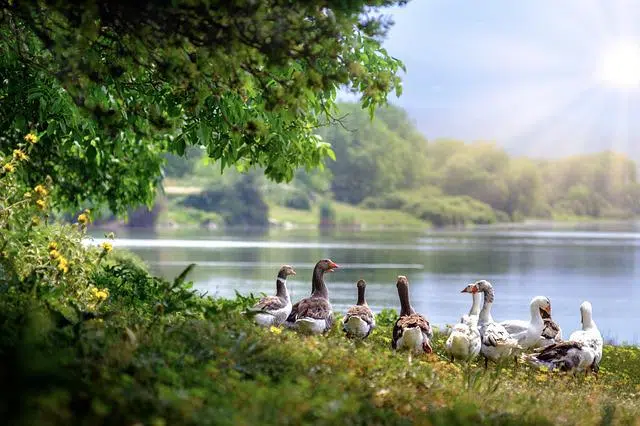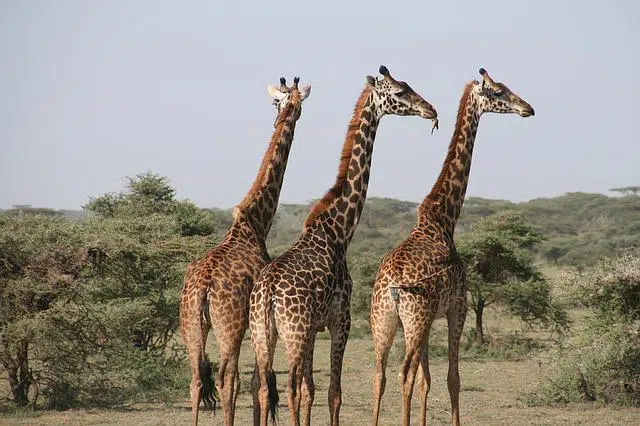
Biogeography studies how living beings are distributed in a territory.
The branch of biology focused on the study of the distribution of living beings in a geographic space is known as biogeography . It can also be considered as a specialization of geography that is oriented to the places occupied by living organisms on Earth .
Biogeography combines concepts, tools and techniques from zoology , botany and ecology , among other areas of knowledge. Its object of study is the distribution of species on the planet, dedicating itself to analyzing its origin and the changes that occur in it.
Factors that affect biogeography
Biological evolution , climatic changes and modifications in the structure of the oceans and continents due to continental drift and orogenesis are factors that affect the geographical distribution of living beings and, therefore, are part of the interests of biogeography.
The concept of continental drift , mentioned in the previous paragraph, refers to the movement of continental masses in relation to each other. This is a hypothesis that a German geophysicist and meteorologist developed in 1912 based on several observations. It is worth mentioning that nearly fifty years passed until this phenomenon could be adequately explained, thanks to the advances made in the field of plate tectonics , the theory that defines the structure of the most rigid and coldest part of our planet.
Orogenesis , for its part, is the process through which the Earth's crust loses extension and folds into an elongated portion that arises as a result of a push. Generally, this phenomenon is accompanied by folding and thrusting, that is, deformations and faults. In this context, orogens are used to give names to mountain ranges, the creation of which takes place when a tectonic plate is subjected to pressure that pushes it towards the surface.

Various factors influence biogeography.
Classification according to type of study
Because terrestrial conditions are very different depending on the place, biogeography must study each system in particular, since two evolutions never occur in the same way. Nor are there general precepts that allow, through deduction, to generate knowledge about the various modes of distribution of living organisms on the Earth's surface.
In this context, it is common to distinguish between historical biogeography and ecological biogeography . Historical biogeography studies changes in the distribution of species over time , while ecological biogeography emphasizes both temporal and spatial changes.
The geographical space in which the distribution of species and subspecies takes place is known as the biogeographic or distribution area. Within biogeography there is an auxiliary science, a specialty, called chorology , which focuses on the study of the distribution area of living beings.
Biogeography and human development
As can be deduced, this field is of great importance for the development of human knowledge, since we are characterized by the thirst for knowledge about everything that surrounds us. Among the topics that are related to the biogeographic area we can highlight demography , the science in charge of studying human populations and their different properties, as well as the possibilities that different taxa have to survive.
On the other hand is conservation biology , the science that, since the 1980s, has studied the causes of the marked decline in biodiversity in all its layers, ranging from genetics to ecosystems. One of the main objectives of this scientific discipline is to find a way to reduce this loss to a minimum.
